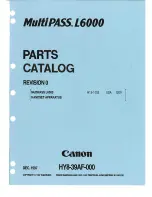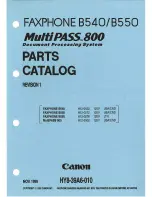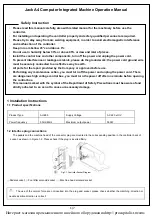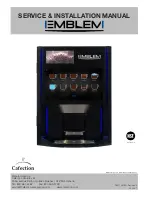
10
10
Zephiro Fog 3000 User Manual
Eng
DMX INPUTS (6) -
Male 3-pin XLR sockets for connection to DMX control devices.
DMX machines are designed to receive data through a serial Daisy Chain. A Daisy
Chain connection is where the DATA OUT of one fixture connects to the DATA IN of
the next fixture. The order in which the machines are connected is not important
and has no effect on how a controller communicates to each of them. Use an order
that provides for the easiest and most direct cabling.
3-Pin XLR
Pin 1: GND
Pin 2: DMX -
Pin 3: DMX +
OUTPUT
INPUT
DMX use of 3-Pin XLR Connectors
DMX Termonator
Unit 1
Unit 2
Last Unit
DMX 512
Connect machines using shielded 2-conductor twisted pair cable with 3-pin XLR
male to female connectors. The shield connection is pin 1, while pin 2 is Data Nega-
tive (S-), and pin 3 is Data positive (S+).
CAUTION: Wires must not come into contact with each other; otherwise the fix
-
tures will not work at all, or will not work properly.
4.3. DMX Terminator
DMX is a resilient communication protocol, however errors still occasionally occur.
In order to prevent electrical noise from disturbing and corrupting the DMX control
signals, a good habit is to connect DMX output of last fixture in the chain to a DMX
terminator, especially over long signal cable runs.
The DMX terminator is simply an XLR connector with a 120Ω (ohm), 1/4 Watt resistor
connected across Signal (-) and Signal (+), respectively, pins 2 and 3, which is then
plugged into the output socket on last projector in the chain. The connections are
illustrated below.
120ohm, 1/4 W
resistor
DMX Terminator
Complimentary signal cable can transmits signals to 20 unit fixtures at most.
Signal amplifier is a must to connect more fixtures.











































